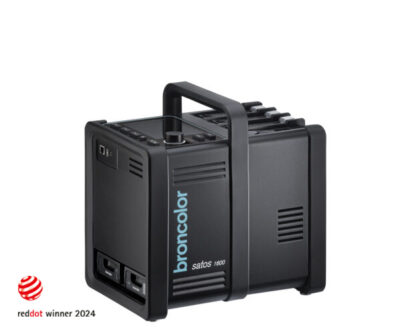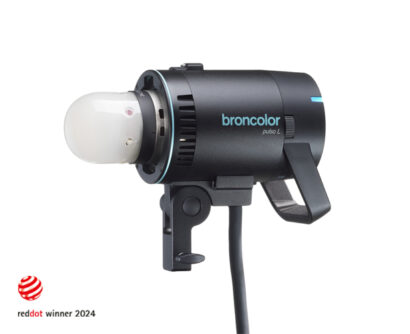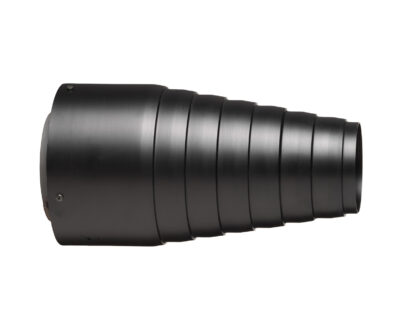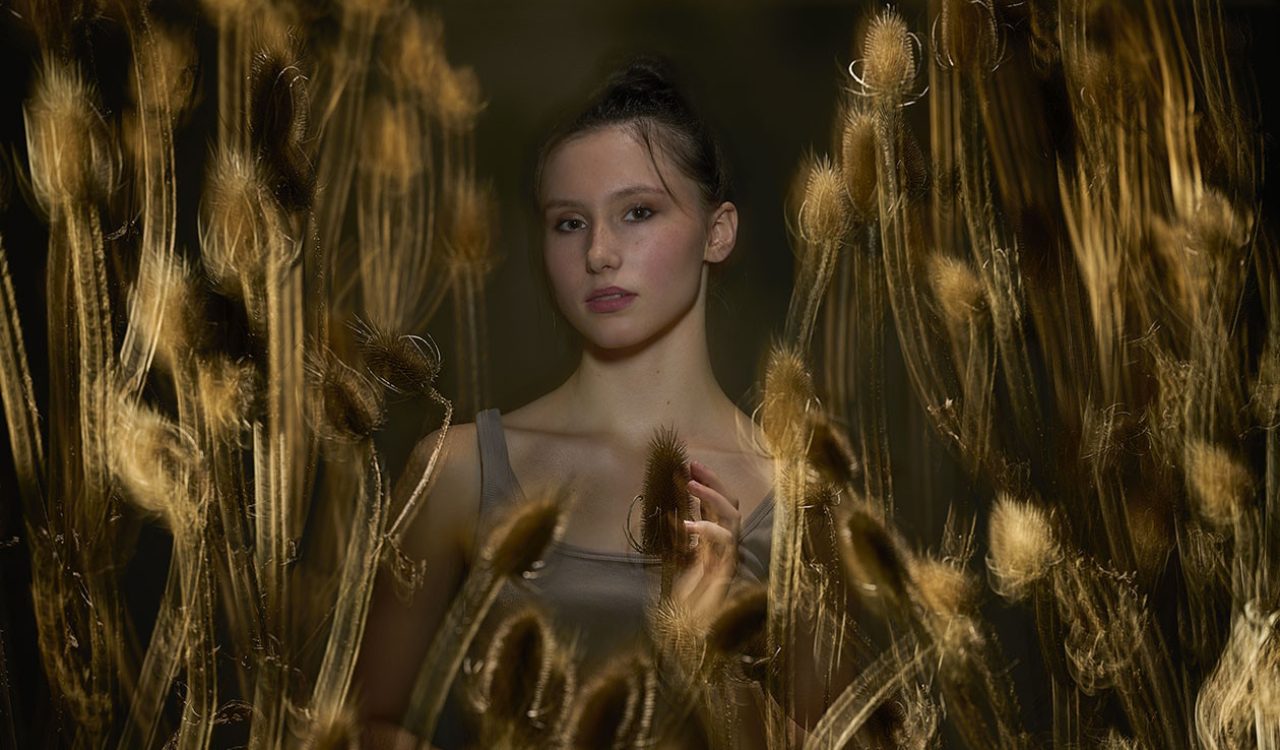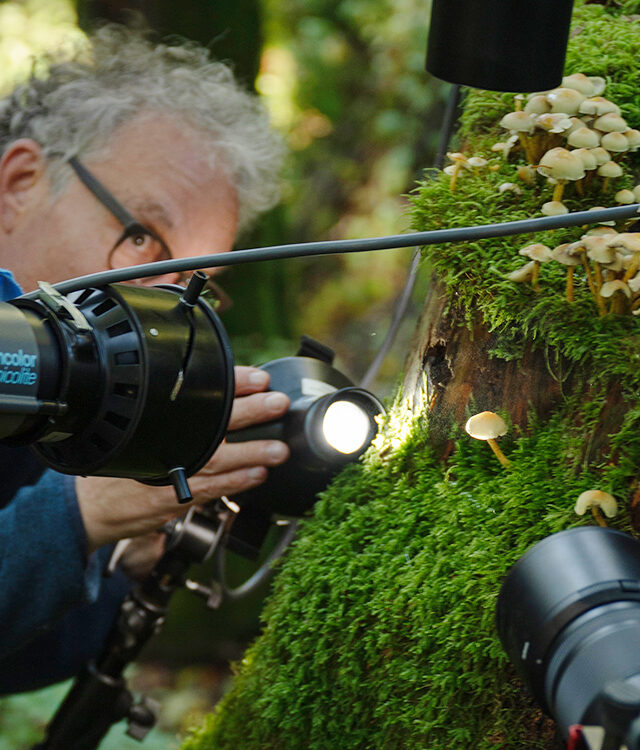Objects of cultural heritage are often displayed in museums on small stages under a dominant spotlight, which helps isolate them from overcrowded and chaotic environments. This lighting effect was recreated here in the studio.

The opening of the broncolor cone and the size of the Chinese ceramic teapot matched perfectly to achieve this tightly focused spotlight effect. For smaller objects, the Picolite system is recommended; for larger ones, an open reflector with a honeycomb grid or the Flooter can be used.
This very harsh main light and the practically non-reflective surface created very dark shadows, which had to be brightened to showcase as much of the teapot as possible. It was essential that these additional fill lights did not simultaneously illuminate the dark background, thereby reducing the spotlight effect. Therefore, all these fill lights were positioned partially or entirely beneath the shooting table.
The main fill light was provided by a Striplite 60 from the front. Due to its small size, the Striplite 60 was harsh enough to illuminate the gold-colored metal threads. The small 35x60 cm softboxes on the left and right were set to very low power to give the teapot a three-dimensional appearance.
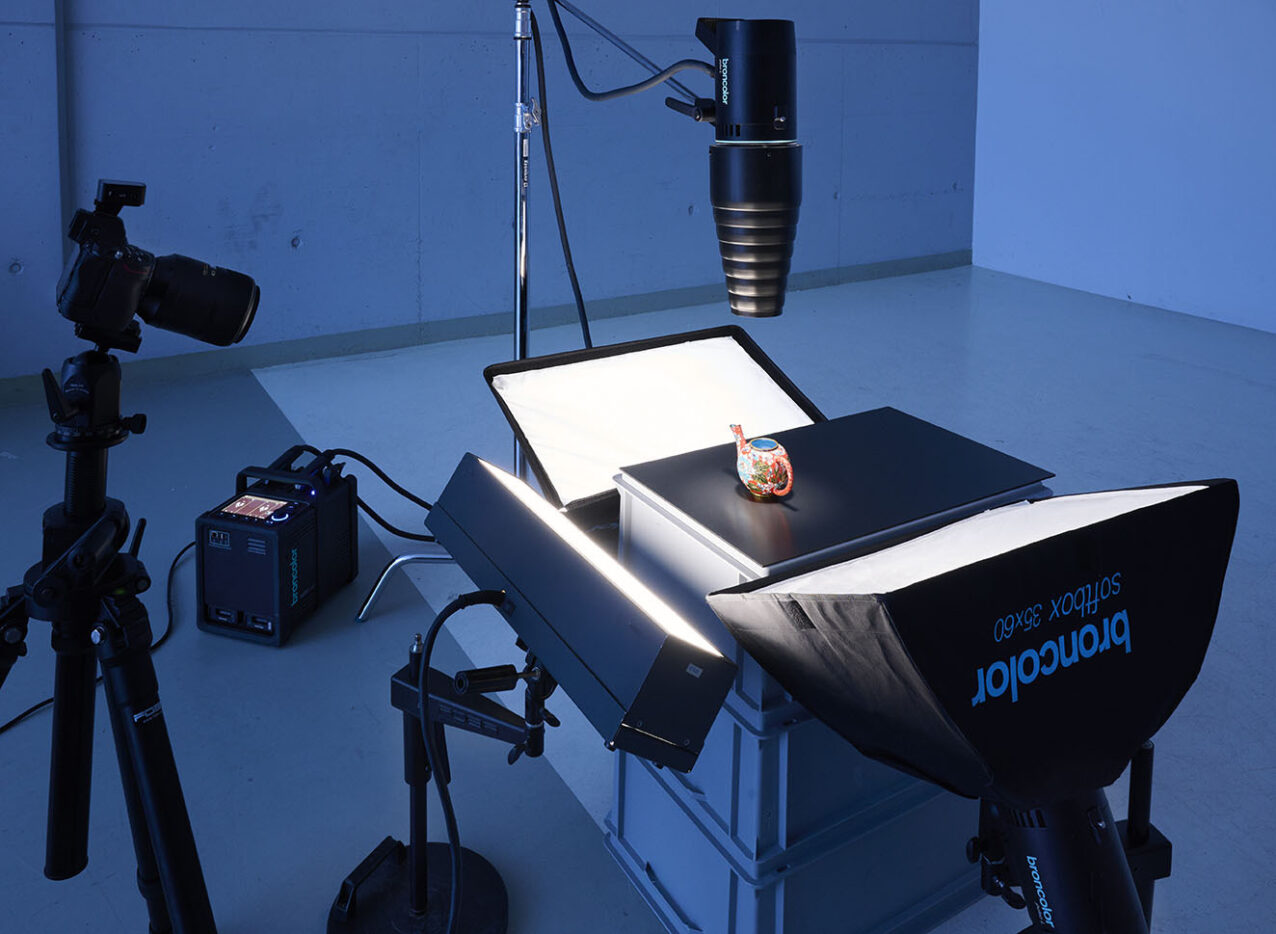
Finally, a small, round, white piece of paper was placed inside the teapot. This reflected the light from the cone and beautifully showcased the blue enamel interior with appropriate brightness.
To maintain the required authenticity of such photographs, the object was not retouched at all.
The image was captured using a mirrorless full-frame camera with a focal length of 105mm. At ISO 100, the aperture was f/22, and the shutter speed was 1/200 s.

